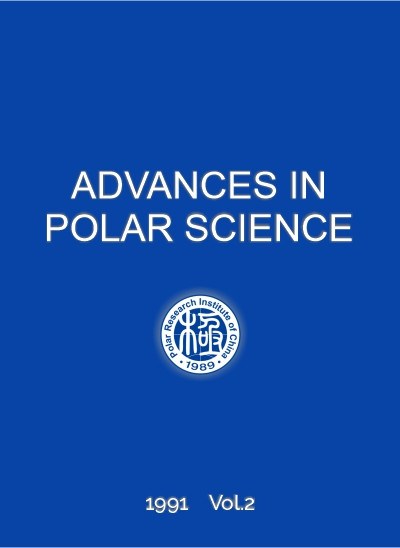Publication: Advances in Polar Science (APS). Antarctic Research, Vol. 2, No. 2, 47~58, December 1991
To download the publication please click on the download link at the bottom of the page
Author: Wang Zipan
CNARC member: Polar Research Institute of China (PRIC)
Abstract: The population dynamics of Drepanoupus bispinosus (Calanoida: Copepoda) was studied throughout the year of December 1983 - January 1985 in Burton Lake, a littoral saline lake on Vestfold Hills, Antarctica, and the environmental factors of the lake were observed simultaneously. D.bispinosus is univoltine. Its population life cycle could be in 20-21 months and reproductive activity stays from winter to early summer. The adults (male and female) and nauplii mainly form the winter population. Adult females are instead of male and, copepodites are instead of nauplii in summer population. Then it consists of copepodites mainly in stages II-V from late summer through autumn. The density of population components considerably varies for their whole life time. Most of nauplii appearing in winter may not develop and transform into further stages under the restrictive conditions, such as low oxygen content and scarce food. Earlier stage copepodites of new generation appear largely in summer, when the lake is rich in oxygen content and phytoplankton. The adult females decrease markedly after their reproductive activities, as the sharp salinity diluting in early summer. This density variation of population compositions is mostly related with the change of environmental factors in the lake. The conception is supported by the data obtained from another salin lake on the Vestfold Hills.
Key words: population dynamics, D.bispinosus, Burton Lake


